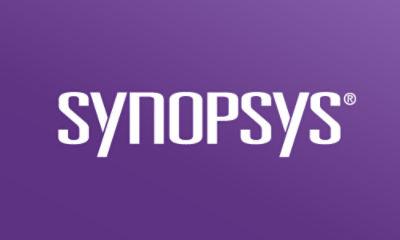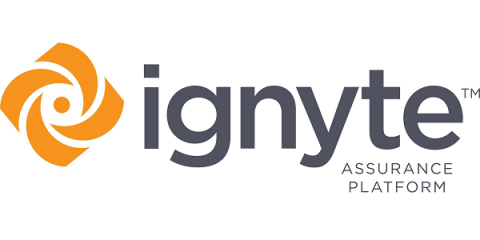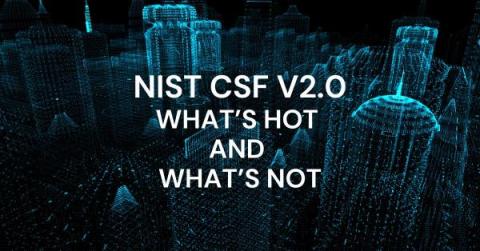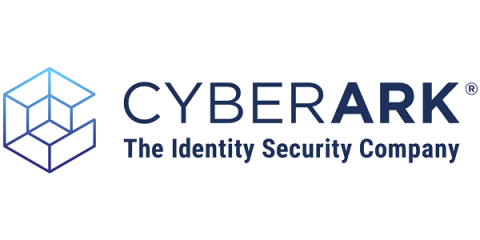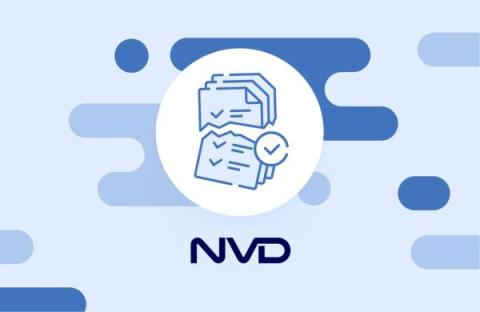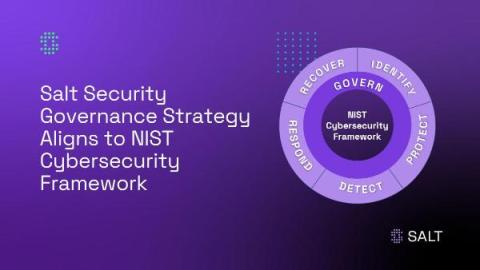Guide to updating from NIST CSF 1.1 to 2.0
The newly released update in early 2024 of the NIST Cybersecurity Framework (CSF) from 1.1 to 2.0 represents a significant step forward in cybersecurity management and reflects the latest advancements in technology and threat mitigation.


